PCE Instruments PCE-HT-450 Handleiding
PCE Instruments
Meetapparatuur
PCE-HT-450
Bekijk gratis de handleiding van PCE Instruments PCE-HT-450 (4 pagina’s), behorend tot de categorie Meetapparatuur. Deze gids werd als nuttig beoordeeld door 8 mensen en kreeg gemiddeld 4.8 sterren uit 4.5 reviews. Heb je een vraag over PCE Instruments PCE-HT-450 of wil je andere gebruikers van dit product iets vragen? Stel een vraag
Pagina 1/4

User manuals in various languages (français, italiano, español, português, nederlands,
türk, polski) can be found via our product search on:
www.pce-instruments.com
PCE-HT-450
USER MANUAL
ENGLISH
HIGH STRENGTH CONCRETE TESTER

2
In addition to its use in the construction and building industry, the simplest-to-use concrete test hammer
is also used for many other purposes in many other industries (hardness testing of products wound on a
roll...). The test is always carried out with the same test energy of 2207 J. The initial kinetic rebound energy
is given as a measure of the concrete hardness / surface pressure (kg/cm²) on the concrete test hammer
(front scale). When evaluating the measurement results, the angle at which the test was carried out must
be taken into account (see evaluation of measurement results).
Nominal kinetic energy: 2207 J (2.207 Nm)
Extension of spring: 75 mm ±0.3 mm
Radius of spherical tip: 25 mm ±1 mm
Force of tip: 0.65... 0.15 N
Average rebound value: 80 ±2
Measuring range: 100... 600 kg/cm²
Dimensions: 54 x 280 mm
Weight: 1 kg
1 - contacting test piece
2 - surface to be measured
3 - device housing
4 - measurement indicator
5 - measurement scale
6 - push button
7 - central guide rod
8 - guide ange
9 - lower housing cover
10 - hook
11 - upper housing cover
12 - spring housing
13 - spring suspension
14 - ring pin
15 - buer ring
16 - light striking ring
17 - seat of the clamping ring
18 - felt ring
19 - bolt
20 - nut
21 - tappet for indicator
22 - shaft of tappet
23 - suspension
24 - suspension lock (dowel)
GENERAL DESCRIPTION
SPECIFICATION
DEVICE DESCRIPTION

3
The quality of concrete is mainly assessed on the basis of its compressive strength, as this is directly
relevant for the load-bearing behavior and durability of concrete structures. However, relatively complex,
destructive test methods are necessary to determine the compressive strength.
To obtain accurate and reproducible measurements with this concrete test hammer, the user should note
some basic points.
Selection / preparation of the measuring point
Select an accessible measuring point that has a visually smooth surface and is not soaked. Clean / grind
the measuring point with the grinding wheel supplied.
The measuring point should apparently consist only of concrete. Avoid measuring on exposed reinforce-
ments or metal parts. The distance between two measuring points should not exceed 2 m and should
not be less than 2 ... 3 cm. The distance to reinforcements should be at least 5 cm. Each measuring point
can only be tested once. The measuring point should be as straight as possible. If you want to measure a
curved surface, the radius of curvature must not be less than 23 cm.
Number of measuring points
The number of measurement points should not fall below n=12 (for a reliable mean value). A number of 16
measurements is optimal.
Ambient temperature
Measurements should not be carried out below +5 °C or above +35 °C.
Measurement
The concrete test hammer must be placed as vertically as possible on the measuring point. Always hold
the device rmly in both hands if possible. One hand on the front / one hand on the back. Use the hand on
the back to operate the push button. The measuring device is always sent out in the locked state (ring pin
only protrudes a little / spring is tensioned / push button is locked). The push button cannot be pressed.
Now place the measuring device on the surface to be measured (ambidextrous, one hand on the push
button). Apply a little pressure to the device and you will notice that the lock releases (the push button
releases and the ring pin comes out of the front of the measuring device, up to the maximum length). The
device is now ready for use. Now place it back on the measuring point, press it slowly towards the surface
until the ring pin disappears completely inside the device and the impact on the concrete is triggered.
Immediately after the impact has been triggered, press the pushbutton on the back (the measured value is
thus recorded on the scale on the front and can be read). Repeat the process (obviously at new measuring
points) until you have enough values to achieve statistical certainty (minimum n = 16). Record all values
with the measuring point designation, approximate angle at which you measured, date and time on a
protocol. When you have nished the series of measurements, make sure that the concrete test hammer
is locked again (for your own protection). Slowly press the concrete hammer onto the oor. However, it
must not be pressed so far that it res. When the ring pin is pressed towards the ground, the push button
must be pressed at the same time until it reaches a point where it locks. This is just before the ring pin is
released. The ring pin is locked when the push button can be fully pressed into the measuring device. The
concrete testing hammer can be used in any position: vertical, horizontal and “overhead”. However, always
make sure that you can place the measuring device in a non-slip and “injury-proof” position to avoid injury.
The measuring device is easy to clean. First, remove any material residues from the tip of the ring pin
by hand or with a dry cloth. You can remove further residues and dust with a cloth soaked in an alcoholic
cleaner.
OPERATION / HANDLING
Product specificaties
| Merk: | PCE Instruments |
| Categorie: | Meetapparatuur |
| Model: | PCE-HT-450 |
Heb je hulp nodig?
Als je hulp nodig hebt met PCE Instruments PCE-HT-450 stel dan hieronder een vraag en andere gebruikers zullen je antwoorden
Handleiding Meetapparatuur PCE Instruments
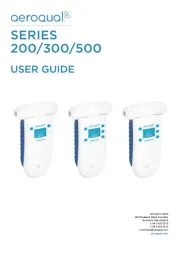
13 September 2025
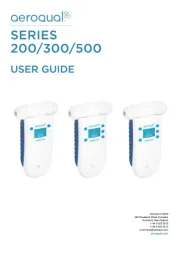
13 September 2025
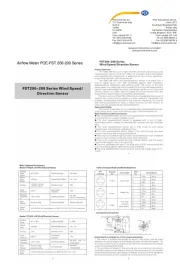
11 September 2025
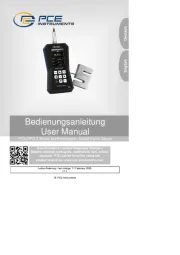
8 September 2025

2 September 2025
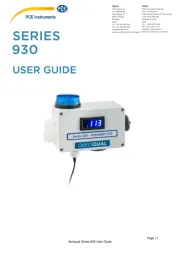
27 Augustus 2025

25 Augustus 2025
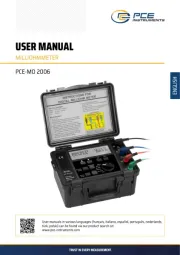
25 Augustus 2025
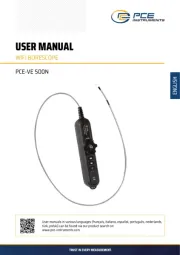
25 Augustus 2025
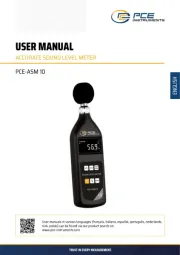
25 Augustus 2025
Handleiding Meetapparatuur
- Cliff
- Livington
- KS Tools
- Weidmüller
- Goclever
- X-Rite
- Hama
- Noyafa
- Elgato
- Midland
- Mitutoyo
- Etymotic
- BJZ
- MSW
- GQ
Nieuwste handleidingen voor Meetapparatuur
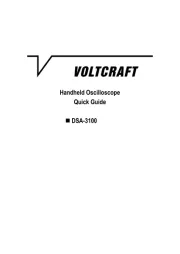
13 September 2025
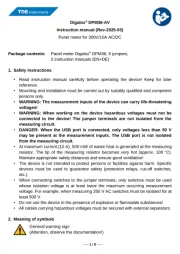
13 September 2025
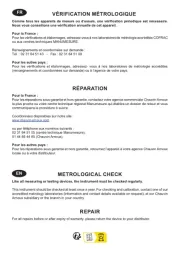
12 September 2025
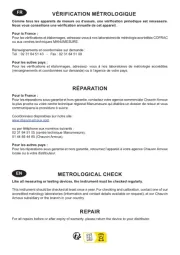
12 September 2025
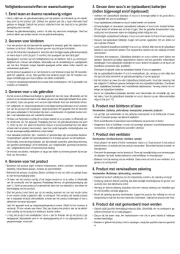
12 September 2025
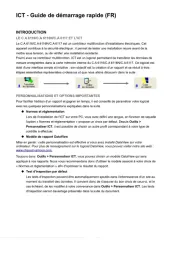
11 September 2025
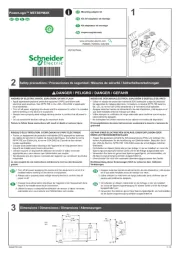
8 September 2025
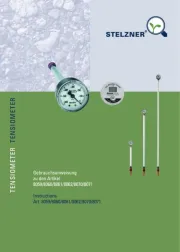
8 September 2025
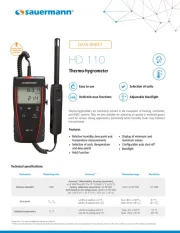
2 September 2025
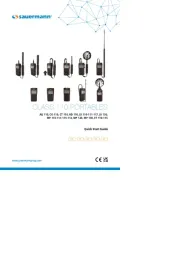
2 September 2025